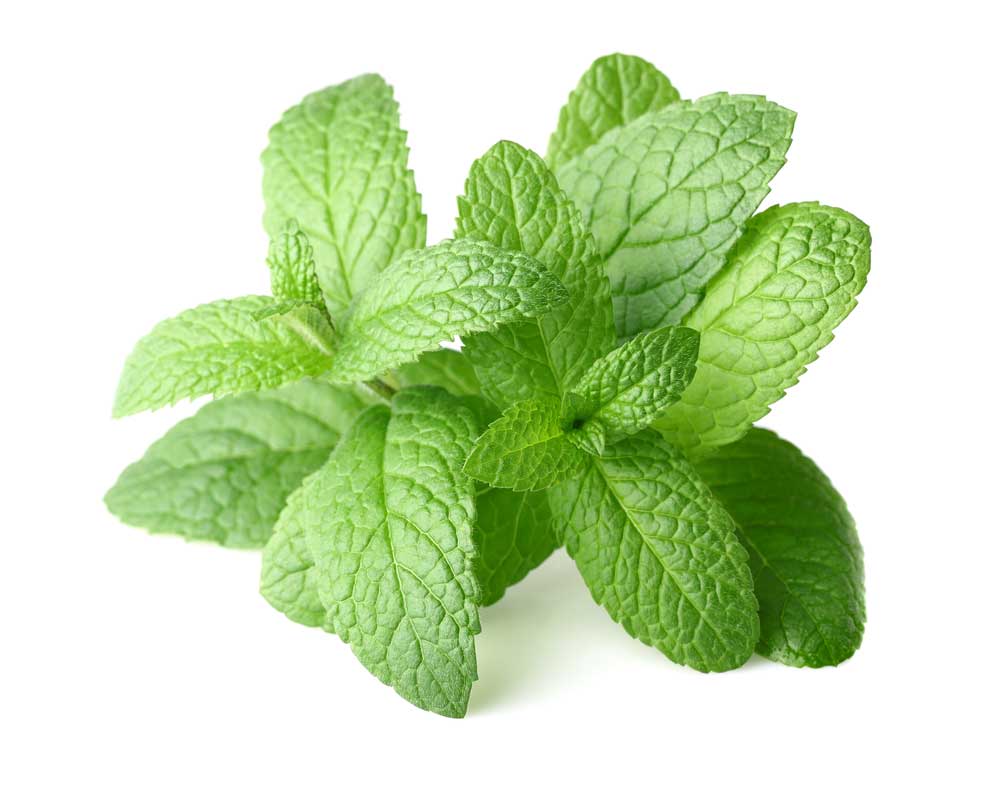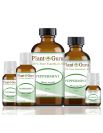Peppermint Essential Oils
Unmistakable in its aroma and flavoring usages, this essential oil is derived from the collection method of steam distillation from the entire plant. The plant itself is actually a hybrid of both spearmint and watermint and originated in 1753. It distinguishes itself from other essential oils with its high menthol content. It is frequently used in a flavoring context. With the aroma described as herbaceous, fresh, and minty its main constituents are 1,8-cineole, menthone, and menthol. Peppermint blends well with tea tree, rosemary, pine, lemon, lavender, juniper berry, eucalyptus, cypress, black pepper, basil, and other essential oils.
Overall Benefits of Peppermint Essential Oils
- Promote clear breathing and healthy respiratory function
- Help to alleviate stomach upset
- Help to repel bugs naturally
- Assist with digestive health
- Help to rid bad breath
- Useful as an energizing mental stimulant
Uses for Peppermint Essential Oils
For topical use, peppermint can be mixed with fractionated coconut oil, wild orange, frankincense, and other essential oils and either applied to the skin or simply inhaled from the palms of your hands for an energizing, mood shifting experience (this can also be used as a bug repellent). One or two drops of this essential oil in four fluid ounces of your favorite liquid can be used to fight upset stomach, mixed with lemon for a refreshing mouthwash, or placed by itself in a veggie capsule to combat an upset stomach. Several drops can flavor your favorite ice cream or smoothie.
Precautions
Avoid contact with sensitive areas such as inner ears or eyes. If you are under a doctor’s care, nursing, or pregnant consult a physician before using. Always keep out of reach of children. Some individuals with sensitive skin may have reactions to certain essential oils, including peppermint.


